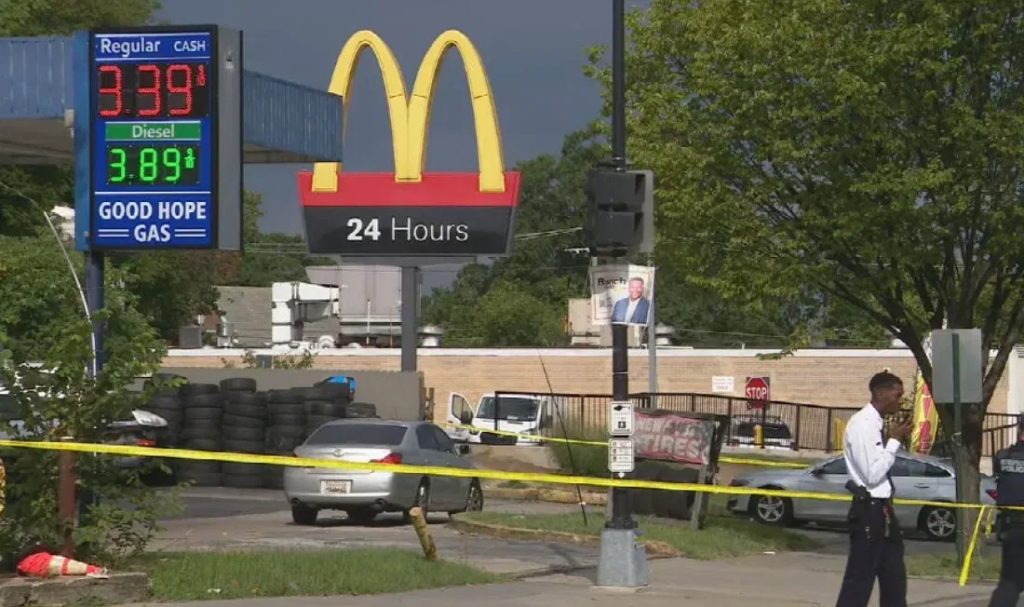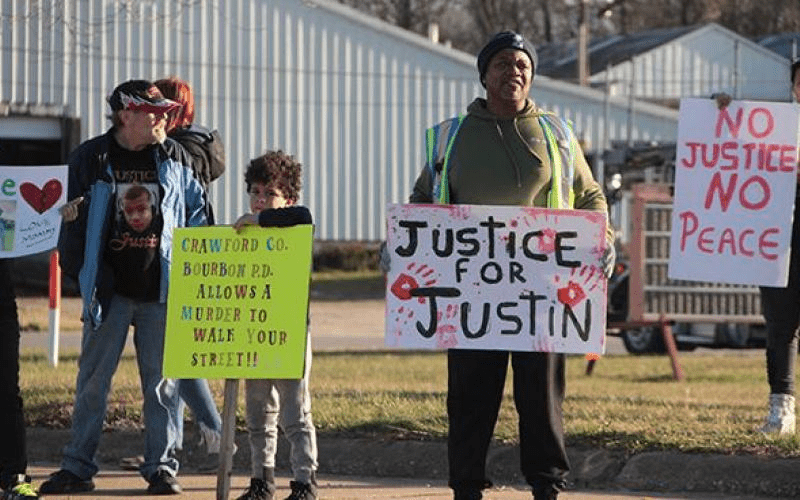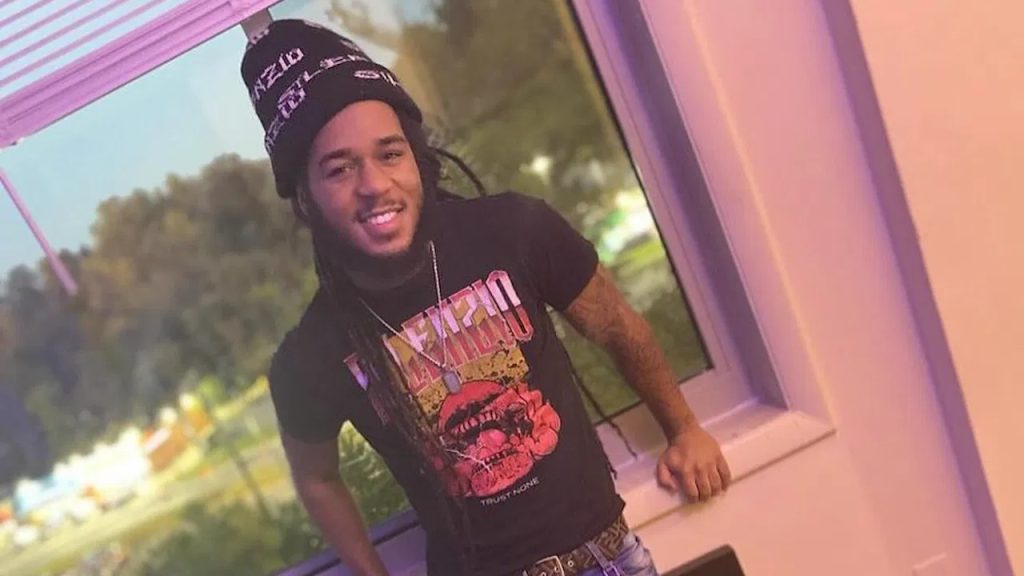No products in the cart.
World News
Bodycam Footage of Justin Robinson’s Deadly Shooting Sparks Debate
A Violent Night Unfolds
The Incident On a night of heightened tensions in Washington, D.C., a tragic event unfolded involving Justin Robinson, a well-known violence interrupter in the community. The police released bodycam footage detailing the circumstances of the fatal shooting, which has since ignited discussions on both police conduct and the effectiveness of violence prevention initiatives.

Robinson, whose role in the community was to mediate conflicts and prevent violence, was fatally shot during an altercation with the D.C. police. The footage, released to the public in the aftermath, sheds light on a highly charged encounter, raising questions about what led to the tragedy. The video captures the moments leading up to the confrontation, offering a raw and sobering glimpse into an incident that has left the community in mourning and the city searching for answers.
The Role of Bodycam Footage
A Closer Look Bodycam footage has increasingly become a crucial tool in law enforcement transparency, offering the public a chance to witness key moments in police-involved incidents. In this case, the release of the footage provides an unfiltered account of the events that culminated in the fatal shooting of Justin Robinson. As the video reveals, tensions escalated quickly, with Robinson appearing to be involved in a volatile situation. However, many community members argue that the footage also raises concerns about how police officers handled the encounter. The video shows the officers responding to the scene, followed by a confrontation that spirals out of control. While bodycam footage often helps provide clarity, it can also fuel controversy, as the footage is subject to interpretation. In this case, it has become the center of debate over whether the police response was proportionate or whether alternative de-escalation tactics could have been employed.
A Community Leader’s Life Cut Short:
Who Was Justin Robinson? Justin Robinson was not just another name on the growing list of individuals involved in violent encounters with law enforcement. As a violence interrupter, Robinson dedicated his life to making the streets of Washington, D.C., safer. Violence interrupters are tasked with mediating conflicts and working on the frontlines to prevent shootings and other forms of violence before they happen. Robinson was revered in his community for his efforts to foster peace and stability, often stepping into dangerous situations to protect others. His untimely death has sent shockwaves through the city, particularly among those who worked alongside him in violence prevention programs. Many now question how a man committed to reducing violence could end up in such a tragic confrontation. His death not only leaves a void in the community but also brings to light the complexities of the work violence interrupters do, often putting their own lives at risk to save others.

Public Outcry and Calls for Change
The Response In the wake of the release of the bodycam footage, public reactions have been intense and varied. Advocates for police reform have seized on the video as further evidence of the need for sweeping changes in law enforcement practices, particularly in how officers handle situations involving community leaders like Robinson. Protests erupted across the city, with demonstrators calling for justice and accountability. For many, Robinson’s death is a grim reminder of the persistent issues surrounding police interactions with Black men, even those who are working to combat violence in their neighborhoods. On the other hand, some argue that the officers were faced with a difficult situation and had limited options to protect themselves and others. The debate has underscored the ongoing challenge of balancing public safety with the need for better community policing strategies. As the city grapples with the fallout, local leaders are urging for meaningful dialogue and systemic change to prevent future tragedies.
The Path Forward
Rebuilding Trust and Ensuring Accountability As the investigation into Justin Robinson’s death continues, one thing is clear: there is a pressing need to rebuild trust between law enforcement and the communities they serve. The release of bodycam footage, while a step toward transparency, cannot heal the deep wounds left by this incident. Many are now calling for stronger accountability measures, better training for officers in de-escalation techniques, and more comprehensive support for violence interrupters who often put themselves in harm’s way. City officials and police leadership must take proactive steps to ensure that tragedies like this do not happen again, starting with a thorough review of the policies that govern police interactions with community leaders. The legacy of Justin Robinson as a peacemaker should not be overshadowed by the circumstances of his death. Instead, his life’s work should serve as a catalyst for reforms that prioritize both public safety and the humane treatment of those working to make D.C. a better place. The road ahead will require collaboration, introspection, and a commitment to change, but it is a path that must be taken to honor Robinson’s memory and to build a safer, more just city.
From Viraldes


